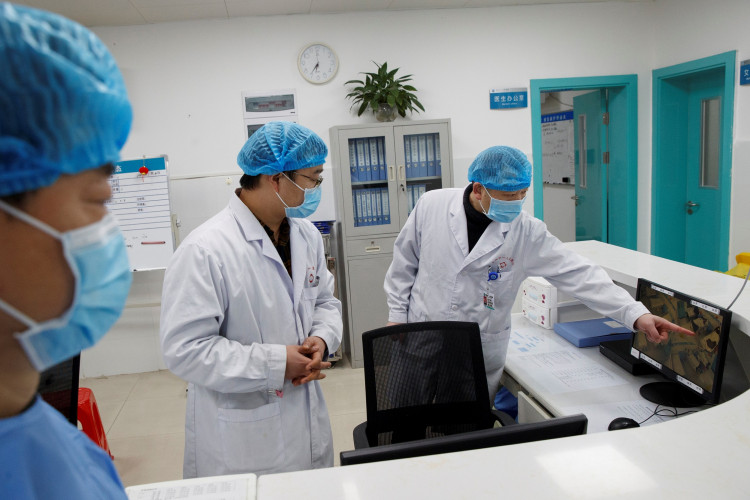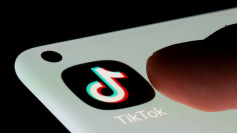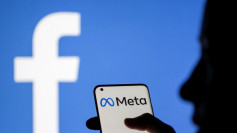We have the healthcare industry to thank for in these trying times. The COVID-19 crisis has taken over the world causing a rapid shift in healthcare norms. The introduction of new technology can be a source of skepticism, but we must learn to embrace it so we can conquer each battle that challenges the health and safety of humanity.
Here are some healthcare trends we should keep an eye on:
Wearable Health Devices
Mobile devices have become a huge part of our lives. This has led to a surge of usage in wearable tech so patients can monitor their own health wherever they are.
Over the last couple of years, the wearable health market has grown significantly and is embraced by medical professionals, including doctors, nurses, and insurers. Some examples of these devices include biosensors, wearable ECG monitors, wearable blood pressure monitors, smart health watches, and wearable fitness trackers.
Low-Level Light Therapy (LLLT)
LLLT is one of the most promising technological innovations designed for premature hair loss, which affects millions of both men and women. Backed by years of scientific studies and research, LLLT can be administered using several methods. Perhaps you have heard about laser hair caps? It's the most common way of delivering therapy.
By using an LLLT cap, a patient's cellular respiration will improve and hair follicle growth will be stimulated. This is achieved by using safe low-level lasers capable of producing healthier and thicker hair.
LLLT used to be only administered in clinics, but because of medical advancements, people can now buy their own laser caps and do regular sessions at home, of course, with the advice of a qualified physician.
Telemedicine
The most significant shift in health trends today is the rise of telemedicine or telehealth. The coronavirus pandemic has caused the world to stop all of its operations with stay-at-home orders in place.
Due to widespread social distancing guidelines, patients are encouraged to make use of their gadgets at home should a need for health checkup arise. This is one way of curbing the spread of the virus.
Experts predict that global telehealth will continue to grow from its current size of $45 billion to $175 billion by 2026. The growth is driven by several factors, the first of which is the rising cases of COVID-19. Other drivers include the growth in smartphone and internet-capable device usage, increased prevalence of chronic diseases in the elderly, and the need for more affordable alternatives in an expensive healthcare environment.






